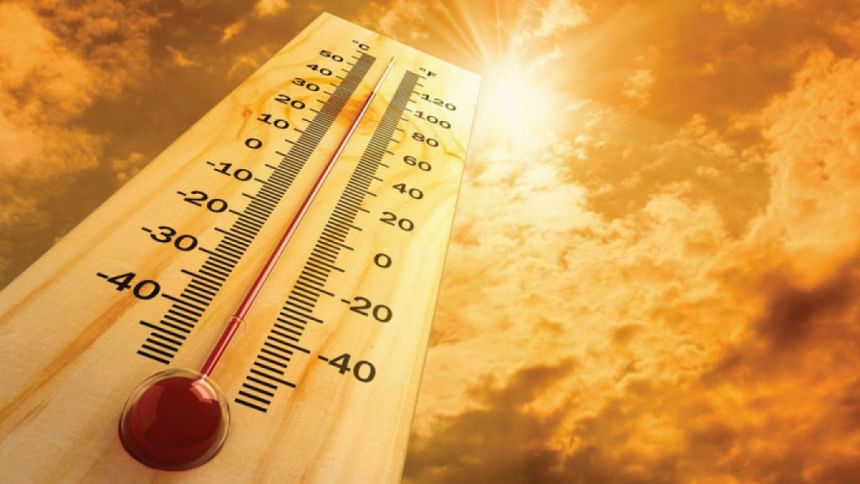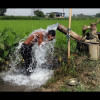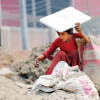Dhaka city’s temperature rose 6°C in 10yrs

When the world is fighting to contain the increase in global temperature to under 1.5 degrees Celsius, Dhaka city's temperature has increased by nearly six degrees due to the urban heat island effect in just 10 years, finds a study.
The urban heat island phenomenon is a condition when urban areas experience higher temperatures than their surrounding rural areas due to human activities such as transportation, industrialisation, construction, and heavy concentration of heat-absorbing materials.
The yet-to-be-published study, titled "A Case Study of the Temporal Evaluation of the Urban Heat Island (UHI) Effect: Impacts on Water Availability and Air Quality of Dhaka City", said, "The temperature rise in UHI in Dhaka city is nearly 6°C, which is a cause for concern. The increase in temperature can adversely affect the environment, public health, and urban infrastructure."
Prof AKM Saiful Islam at the Institute of Water and Flood Management of Buet said wetlands and open space in Dhaka have diminished alarmingly while various infrastructure was built in the capital resulting in the urban heat island.
"We need to have vegetation and water bodies more to absorb the heat in the capital. Otherwise, it will continue to rise," he said.
Population density, lack of greenery, uneven building heights, and human activities are the main reasons behind the trend of increasing temperatures in urban heat islands, he said.
According to the United States Environment Protection Agency (EPA), urban heat islands "occur when cities replace natural land covers with dense concentrations of pavement, buildings, and other surfaces that absorb and retain heat. This effect increases energy costs [for air conditioning], air pollution levels, and heat-related illness and mortality".
According to the Bangladesh Meteorological Department (BMD), the average maximum temperature this April was 36.2 degrees Celsius, three degrees more than the average April temperatures recorded in 76 years.
The country has already experienced the longest heatwave ever.
Not only the hottest, but this April was the driest in 43 years. The average rainfall in Bangladesh was one millimetre.
According to the BMD, the average rainfall in April is 134mm.
"It was the driest month in the country since 1981," Abul Kalam Mollik, a meteorologist at the BMD, told The Daily Star.
He also said there was not a single millimetre of rain in Rajshahi and Rangpur divisions while the Sylhet division saw the highest 294mm rainfall.

 For all latest news, follow The Daily Star's Google News channel.
For all latest news, follow The Daily Star's Google News channel. 









Comments